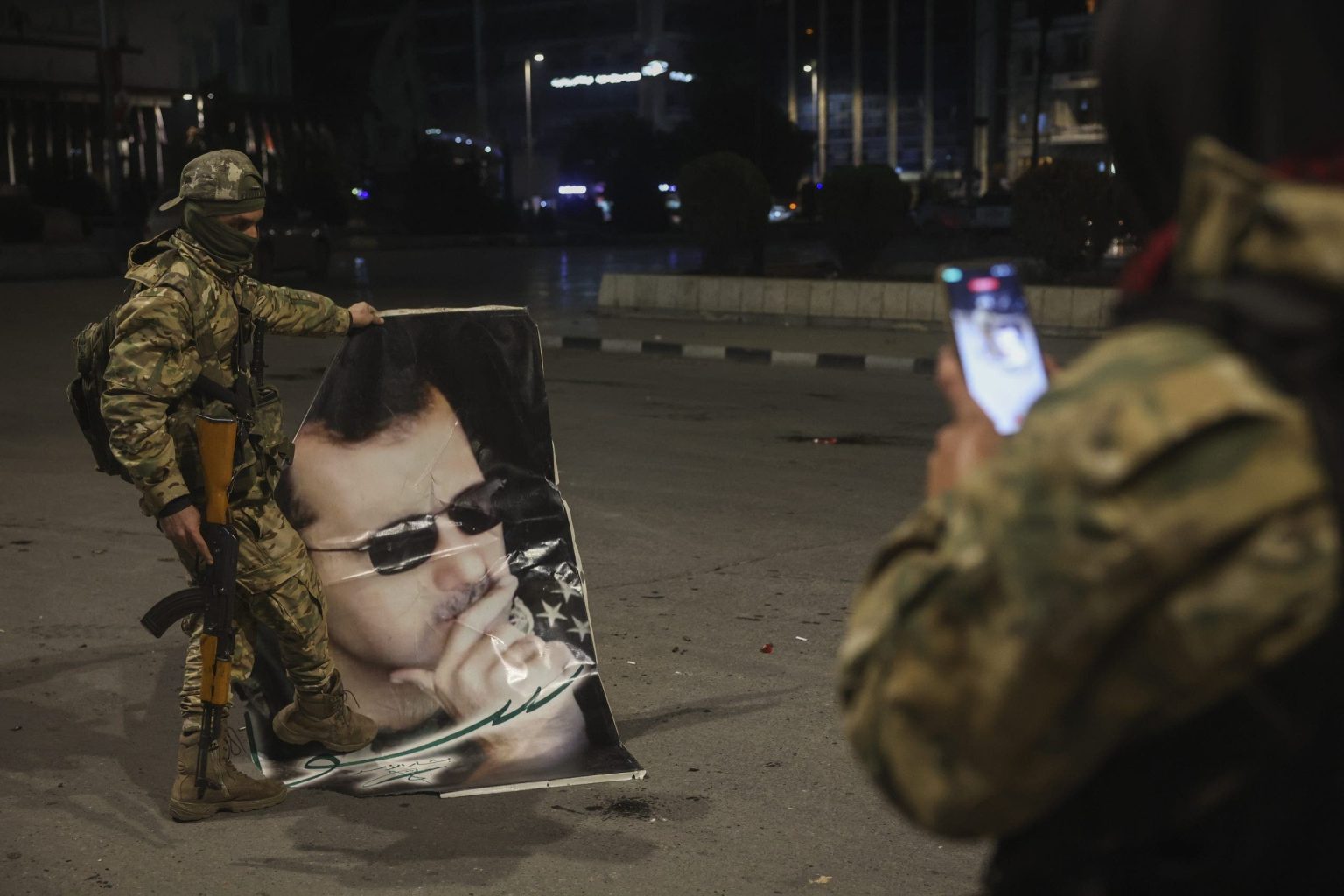In recent developments, extremist Syrian Islamist forces, particularly Hayʼat Tahrir al-Sham (HTS), have gained significant control over Aleppo, the second-largest city in Syria. This shift raises critical concerns for the U.S. government, especially regarding the implications of such control over sensitive military sites, including locations associated with the Assad regime’s chemical weapons program. Notably, Jason Brodsky from United Against Nuclear Iran highlighted the danger of these groups, which have ties to Al-Qaeda, potentially impacting Israeli national security. As these factions capitalize on the ongoing conflict, the Israeli government, led by Benjamin Netanyahu, has convened to address the ramifications of this new threat stemming from Syria.
The U.S. has been involved in Syria for several years, especially with a military presence aimed at defeating the Islamic State (ISIS). Currently, around 900 American troops are stationed in Syria, which indirectly helps to counter Iranian aspirations within the region. The recent seizure of Aleppo is a considerable setback for the Assad regime and its allies, including Russia and the Iranian regime. Brodsky pointed out that the decline of Hezbollah’s influence has emboldened the anti-Assad forces, who see an opportunity for gains in the turmoil surrounding Aleppo. This shifting balance of power in Syria is expected to have broader implications for regional dynamics.
HTS, identified as a U.S.-designated terrorist organization, poses additional challenges for U.S. policy in the region. According to expert Phillip Smyth, while hydra-like organizations such as HTS may appear distinct, they are manifestations of a long-standing threat. Smyth emphasized that Assad, despite his problems, remains antagonistic toward American interests. The U.S. is caught in a challenging position where it must remain vigilant against both Assad and extremist groups who advocate for an oppressive regime akin to that of the Taliban.
The presence of the Syrian Democratic Forces (SDF), a U.S.-backed coalition primarily comprised of Kurdish forces, complicates the situation further. The SDF has played a crucial role in countering ISIS and retains control over significant areas in Aleppo. However, the increasing strength of HTS threatens the stability of the Kurdish-dominated neighborhoods in the city. Wladimir van Wilgenburg from the Atlantic Council detailed the precarious situation, where the SDF’s ability to operate in the region is jeopardized by HTS’s expanding influence.
Recent military insights reflect a disarray within Assad’s regime, indicated by its announcement of a “redeployment operation” in response to perceived threats from rebel forces. The Syrian military acknowledged significant losses and described ongoing attempts to reinforce their defenses while preparing for potential counterattacks. Both the Syrian armed forces and their affiliated factions have struggled against the momentum gained by Islamist groups in Aleppo. Reports also indicate the involvement of Russian airstrikes targeting opposition forces and civilian areas, illustrating a dire humanitarian situation exacerbated by the ongoing conflict.
In the grand scope of Syria’s civil war, which has resulted in over 500,000 deaths, the fight for Aleppo marks a pivotal turning point with implications that extend beyond local clashes. Internationally, monitoring efforts, including statements from the U.S. State Department, indicate growing concerns about the humanitarian crisis and the risks associated with extremist forces gaining ground in Syria. The complexity of the conflict continues to challenge U.S. policy, requiring careful navigation of alliances and enmities while striving for stability amidst a landscape characterized by violence and suffering.

